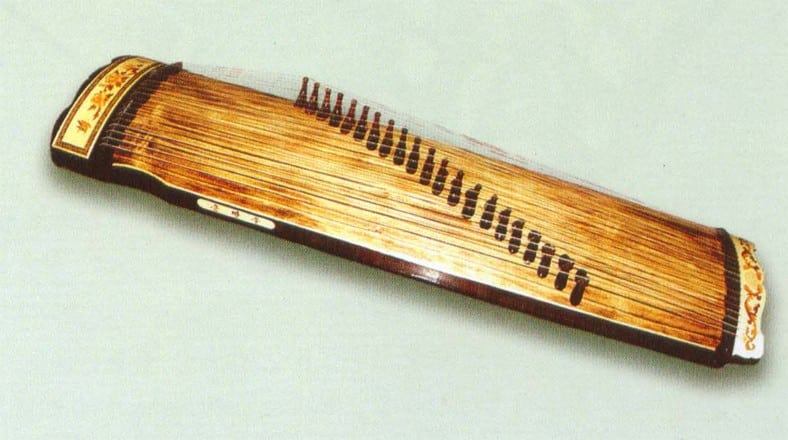News
National Musical Instrument – Kayagum
Kayagum is a Korean national string instrument. It was made in a country called Kaya in the Korean history. Hence the name kayagum. Kayagum was invented by talented musician Uruk who was active at the beginning of the sixth century.
Kayagum has a soft and elegant sound. Its structure is simple and tone can be easily corrected with movable bridges. It is easy to learn and has various methods to play. Kayagum with posture of rhythmical and beautiful performance is a typical instrument representing the sentiments and fancy of the Korean people. It was widely used by people from olden times. It was also used widely for performance of court music. In the long historical course, many famous kayagum players were produced and in the late 19th century such a large-scale new style of instrumental solo as “Kayagum Medley” came into being and developed. Kayagum improved as a modern musical instrument has 21 strings. At first it had pentatonic scale system, but developed into heptachord system, greatly widening its range. The enriched volume of sound and improved tone quality further developed the unique timbre of kayagum. The playing methods have been supplemented and developed in line with it. In the past the player performed mainly monophony, plucking the strings with right hand and doing tremolo with left hand. But now new playing methods have been introduced to make sound with both hands. So polyphonic music is wonderfully performed while keeping unique executions of kayagum.
Kayagum performs not only solo but also the main melody in the kayagum players´ chorus, kayagum solo and players´ chorus, kayagum concert and national instrumentalists´ chorus. It is also used as a melody and rhythm instrument. Today, too, kayagum is widely used as a precious national musical instrument which is indispensable for the cultural life of the Korean people.



